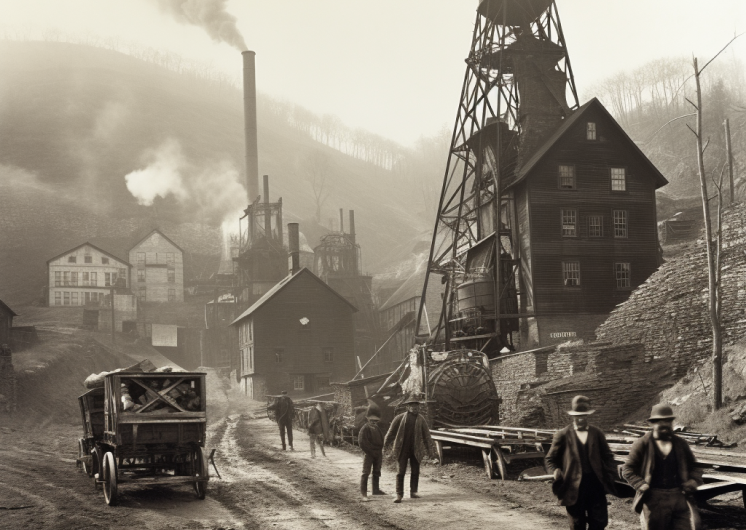History of Appalachia
Appalachia is a region in the eastern United States that spans parts of 13 states, including Alabama, Georgia, Kentucky, Maryland, Mississippi, New York, North Carolina, Ohio, Pennsylvania, South Carolina, Tennessee, Virginia, and West Virginia. Its history is rich and diverse, shaped by Native American cultures, European colonization, industrialization, and environmental, social and economic changes.
Prior to European contact, Appalachia was home to various indigenous tribes, including the Cherokee, Shawnee, Creek, and others. These tribes had established complex societies with unique cultures and traditions. In the 18th century, European settlers, primarily of English, Scotch-Irish, and German descent, began moving into the Appalachian region. They brought their agricultural practices and established small farming communities. Appalachia was considered the American frontier for much of the 18th and 19th centuries. Life on the frontier was challenging, marked by subsistence farming, isolation, and clashes with Native American populations.



























